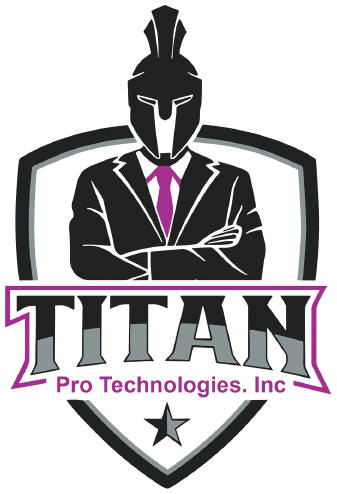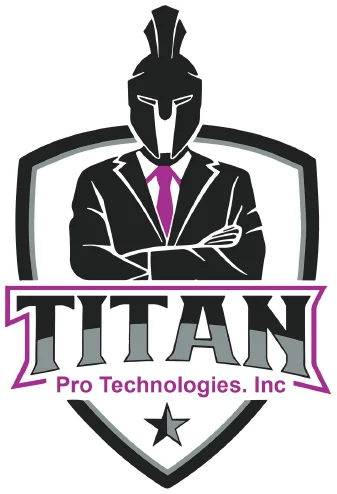A well-organized and visually appealing Pricebook can significantly impact your sales and customer retention in the competitive business world. A Pricebook is more than just a list of prices; it’s a powerful tool that can reflect your brand’s professionalism and help you communicate value to your customers. Here are the top strategies for crafting an effective Pricebook, incorporating elements like structure, imagery, customization, and branding.
Structuring Your Pricebook
A well-structured Pricebook is essential for easy navigation and readability. Start by categorizing your products or services into logical sections. Use clear headings and subheadings to guide the reader. Each section should have a consistent format, including product names, descriptions, prices, and relevant details such as SKU numbers or discounts.
Consider implementing a table of contents for larger Pricebooks, allowing customers to quickly find the section they’re interested in. Additionally, bullet points and numbered lists can enhance clarity and make the information more digestible.
Spicing Up Your Pricebook With Images
Images can transform a mundane Pricebook into an engaging and visually appealing document. Include high-quality images of your products to give customers a clear idea of what they’re purchasing. For services, consider using illustrative icons or relevant graphics.
Images break up the text, make the Pricebook more attractive, and help convey additional information. For example, before-and-after images for service-based businesses can effectively demonstrate the value of your offerings.
Customizing Your Theme
Customization is critical to making your Pricebook stand out. Choose a theme that aligns with your brand’s identity. This includes selecting fonts, colors, and layout styles that reflect your business’s personality. For example, a tech company might opt for a sleek, modern design, while a luxury brand might prefer a more elegant, sophisticated look.
Ensure your theme is consistent throughout the Pricebook to maintain a professional appearance. Inconsistent styling can be distracting and give an impression of disorganization.
Building Your Brand Color Palette
Colors are crucial in branding and can significantly influence how your Pricebook is perceived. Develop a color palette that resonates with your brand and use it consistently across your Pricebook, including the background, text, headings, and any graphical elements.
Color Psychology
Understanding color psychology can help you choose the right colors to evoke specific emotions and behaviors from your customers. For instance, blue is often associated with trust and professionalism, making it a popular choice for financial and corporate businesses. Red can evoke excitement and urgency, which might help highlight special offers or promotions.
Consider your target audience and the message you want to convey when selecting your colors. A well-thought-out color scheme can enhance the overall effectiveness of your Pricebook.
Define Your Brand Goals
Before you start creating your Pricebook, you must define your brand goals. What do you want to achieve with your Pricebook? Is it to increase sales, improve customer retention, or showcase new products? Clear goals will guide your design and content decisions, ensuring your Pricebook aligns with your overall business strategy.
Check Out Your Competition
Analyzing your competitors can provide valuable insights into what works and what doesn’t in your industry. Look at their Pricebooks to identify strengths and weaknesses. Note their structure, design elements, and presentation of products or services.
While it’s essential to be inspired by your competitors, avoid copying them directly. Instead, use your observations to create a unique and superior Pricebook that sets you apart in the market.
Creating Your Palette
Creating your color palette involves selecting primary, secondary, and accent colors. The primary color should be the most prominent and align with your brand identity. Secondary colors complement the primary color and are used for backgrounds, subheadings, and other secondary elements. Accent colors are used sparingly to highlight important information or calls to action.
Upselling With Pricebooks
An effective Pricebook can also serve as a tool for upselling. Highlight premium products or services and differentiate them from standard options. Use persuasive language to emphasize the added value and benefits of choosing a higher-priced item.
Including customer testimonials or case studies can also be a powerful upselling tactic. Real-world examples of satisfied customers can build trust and encourage others to opt for premium offerings.
Leveraging Digital Tools for Enhanced Pricebook Management
In today’s digital age, leveraging advanced digital tools can significantly enhance the effectiveness of your Pricebook. Tools like Pricebook software and digital catalog management systems offer dynamic features that traditional methods lack. These tools provide capabilities such as automated updates, interactive elements, and seamless integration with other sales and customer relationship management (CRM) systems.
Digital Integration and Automation
Integrating your Pricebook with digital platforms such as Salesforce can streamline your sales process and improve accuracy. A custom Pricebook for Salesforce, tailored to your business needs, ensures that your sales team always has access to the most up-to-date information. This integration reduces errors, saves time, and enhances the overall efficiency of your sales operations.
Interactive Elements and User Experience
Incorporating interactive elements like clickable links, embedded videos, and animations can make your digital Pricebook more engaging. These elements can provide additional information and context, helping customers make informed decisions. For example, a short video demonstrating a product’s features can be more compelling than a simple text description.
Real-Time Analytics and Feedback
Digital Pricebooks also offer the advantage of real-time analytics. You can track how customers interact with your Pricebook, which products they view most, and where they spend the most time. This data can provide valuable insights into customer preferences and behavior, allowing you to continuously refine and improve your Pricebook.
Sustainability and Cost-Efficiency
Finally, transitioning to a digital Pricebook can be more sustainable and cost-efficient. It reduces the need for printed materials, lowers distribution costs, and allows instant updates. This helps reduce your carbon footprint and ensures that your Pricebook is always current and accurate, providing a better experience for your customers.
Achieve Pricebook Excellence with Titan Pro Technologies
Creating a custom Pricebook for Salesforce can be simplified with the right tools and expertise. Titan Pro Technologies offers a comprehensive solution for crafting a custom price book Salesforce users can rely on. Their platform allows seamless integration with your existing Salesforce setup, providing a standard price book for Salesforce users to customize to meet their unique needs easily.
With Titan Pro Technologies, you can achieve Pricebook excellence through features like drag-and-drop editing, real-time updates, and advanced analytics. These tools empower you to create a dynamic and interactive Pricebook that looks great and functions efficiently.
Conclusion
Crafting an effective Pricebook involves more than just listing prices. It’s about creating a tool that reflects your brand, engages your customers, and supports your sales goals. By structuring your Pricebook logically, incorporating images, customizing your theme, and building a cohesive color palette, you can create a Pricebook that stands out. Understanding color psychology, defining your brand goals, and analyzing your competition further enhance its effectiveness. Don’t forget to leverage your Pricebook as an upselling tool and consider using advanced technologies like those offered by Titan Pro Technologies for a custom Pricebook for Salesforce. With these strategies, your Pricebook can become an influential asset in your sales arsenal.
Frequently Asked Questions
Updating your Pricebook regularly is essential to ensure that it reflects current prices, product availability, and any new offerings. The frequency of updates depends on your business; however, a quarterly review is a good starting point. For rapidly changing industries, more frequent updates may be necessary.
Several tools, such as Adobe InDesign, Microsoft Publisher, and online design platforms like Canva, can be used to create a professional-looking Pricebook. For businesses using Salesforce, leveraging a custom Pricebook feature within the CRM can streamline the process and ensure seamless integration.
To make your Pricebook more user-friendly, focus on clear organization, consistent formatting, and simplicity. Use headings, subheadings, and bullet points to improve readability. Additionally, incorporating a table of contents and a search function can help customers quickly find the necessary information.
Common mistakes include inconsistent formatting, cluttered layouts, using low-quality images, and failing to update information regularly. Overcomplicating the design or including too much text can also overwhelm customers. Aim for a clean, professional look that is easy to navigate.
Customer feedback is invaluable for improving your Pricebook. Solicit feedback through surveys, direct conversations, or analyzing customer interactions with a digital Pricebook. Use this information to make adjustments, such as clarifying descriptions, adding missing information, or improving the overall layout and design.




